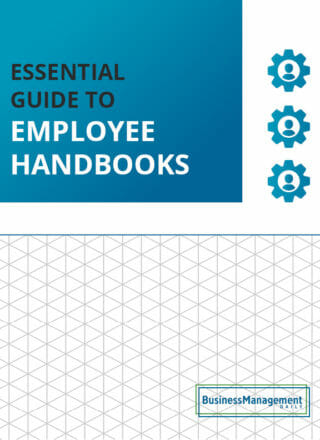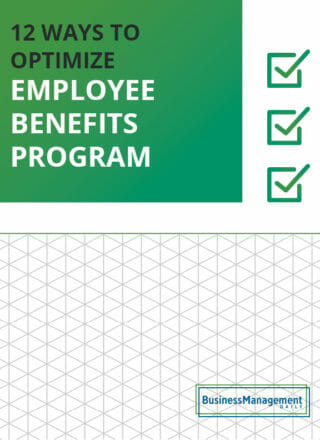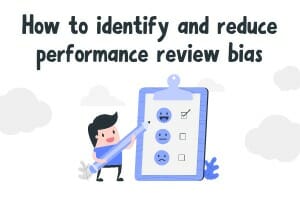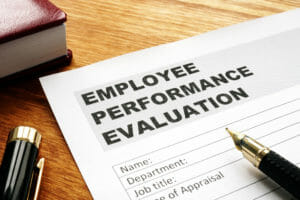Performance Reviews
Make your performance appraisals work for you, not against you with these tools: performance review examples, tips on writing employee reviews, sample performance reviews and employee evaluation forms.
How often should we have performance reviews?
You should conduct performance reviews once per year. If you identify performance problems, you may want to schedule more frequent reviews throughout the year. The frequency and scope of those interim reviews will depend on your company’s policies and whether the employee is on a formal performance improvement plan (PIP). These are typically part of a progressive discipline system that conditions continued employment on improvement.
Are performance reviews legally required?
No. However, if you don’t conduct performance reviews or only conduct them sporadically, you are missing out on a powerful tool. Your employees won’t know what’s expected of them or have a roadmap for improvement. They may conclude that even poor performance is good enough. Or perhaps your managers don’t take the time to really evaluate performance, giving everyone a “good” or even “excellent” review. Either way, if you discharge and are sued, you won’t be able to argue they weren’t working up to expectations. Their lack of a poor review or any feedback at all will be proof they were doing their jobs satisfactorily.
How do you write a performance review?
That depends on what type of performance review or combination of methods your organization uses to review employees. Three of the most common performance review methods are management by objectives, 360 degree and a ratings method. Each has advantages and disadvantages. For example, companies using management by objectives require that the manager and her subordinate agree on specific obtainable objectives with deadlines. They then see which goals the employee met and evaluate performance based on success or failure to meet those goals. How effective the method is depends on how realistic the goals were. The more concrete and measurable the goals, the more effective the method becomes. Employers using the 360 degree method access performance from a broader view, including subordinates, supervisors and customers or clients. While this gives a better overall performance review, it is also vulnerable to manipulation. Subordinates with an axe to grind, for example, might rate a demanding supervisor poorly, skewing the results. Those using a ratings scale use a point system to rate success based on a long list of factors. Employees are then ranked along the scale and against each other. This method allows an easy method to compare scores across employees. However, scoring may depend on a subjective assessment of where on the scale the employee falls.
What’s the purpose of an employee performance review?
The main reason you should schedule annual performance reviews is to assess how each employee is doing and review the scope of each job. Performance reviews should include the employee’s self-assessment. You should review and update the employee’s job description to account for any changes to the job. Employees should acknowledge and approve revisions to their job descriptions. With the review and an accurate job description, you can also better evaluate whether the employee is properly classified. Performance reviews are also a valuable tool when you need to downsize or reorganize. You can use those reviews to rank employees and decide who is cut and who stays. Those reviews become an objective, pre-existing measure – very useful should discharged employees sue and allege some form of discrimination. You’ll have those performance reviews prepared before anyone was considering a layoff to fall back on.
What if an employee disagrees with a performance review?
It’s not uncommon for employees to disagree with some aspects of their performance review. In fact, if your subordinate doesn’t push back a little, chances are you aren’t being critical enough of her performance. That pushback presents an opportunity to highlight ways to increase performance in the coming year. Sometimes an employee simply refuses to accept a supervisor’s performance assessment – especially when she’s rated as underperforming. This happens most often when the employee knows she faces discipline or even discharge. He may think that by refusing to sign off on a review, he’s protecting himself from consequences. That’s not the case. Your honest but negative review can and should be used when deciding whether to demote or remove the employee. Simply acknowledge the employee’s disagreement and move forward.

























